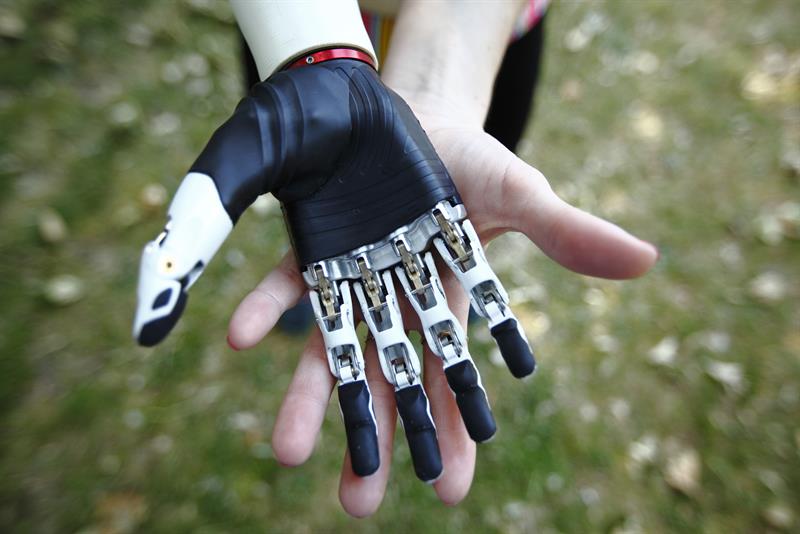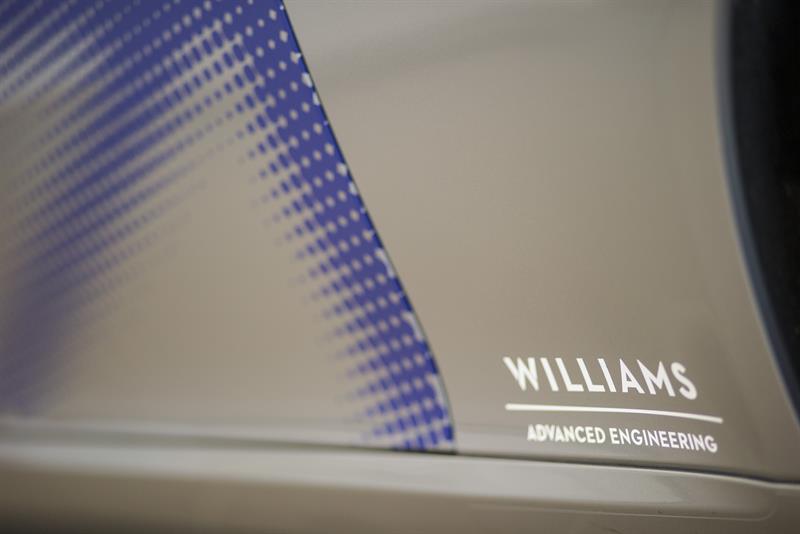Austen Miller, senior partner at 3form Design (3fD), said: “Usually if a company doesn’t keep up to date or try to move into new markets, they dwindle away.”
However, Miller went on to say that diversification can bring a level of excitement to a business which can be just as risky as not taking the jump at all. He added: “If a company starts to do something even mildly exciting it doesn’t take very long before people start forgetting the bottom line and some fears start to disappear. That is a risky place to be for any company.”
Some companies choose to diversify and others are forced to due to changes in appetite from customers or a change in regulations or market conditions. One such company that took the latter approach is Steeper, a maker of prosthetics since the 1920s.
A change in NHS strategy, in which it expanded the number of prostheses suppliers it used, led to Steeper having to branch out into other areas. Martin Wallace, product development manager at Steeper, explained: “This allowed the company to develop an international franchise in the design and manufacture of prosthetic and orthotic products.”
The most attractive area of unmet need in the prosthetic product market for Steeper was for high quality, high functionality upper limb prostheses. As a result, the company developed bebionic, an advanced myoelectric hand that takes electrical impulses from arm muscles and turns them into movements in the robotic hand. Due to the miniaturisation of motor technology, Steeper has been able to produce them in three different sizes to fit the individual user.
 Wallace added: “The product has exceeded all its design parameters and has been widely praised by customers.”
Wallace added: “The product has exceeded all its design parameters and has been widely praised by customers.”
A company that chose to diversify is Williams Advanced Engineering. In 2008 new rules came in to cut costs in Formula One, forcing down engine size from V10 to V8 and bringing in the first generation of hybrid engines with the Kinetic Energy Recovery System (KERS). From 2010 onwards the engines were downgraded again to 1.6l turbocharged V6s but with a new Energy Recovery System (ERS) that is twice as powerful as KERS.
“We were the only team to develop our hybrid systems entirely in house, creating both battery and flywheel equivalents,” said Williams Advanced Engineering’s technical director, Paul McNamara. “However, we can technically trace the origins of Williams Advanced Engineering back even further, as Williams has been completing projects outside of F1 on an ad hoc basis since the 1980s.”
Examples of this include developing the Metro 6R4 rally car and the Renault Laguna BTCC racer as well as supplying components for BMW’s only Le Mans winning car, the V12 LMR.
McNamara explained: “We then decided to create an umbrella brand to house all of our projects outside of Formula One. This was the birth of Williams Advanced Engineering.”
Thanks to its experience with hybrid propulsion systems, the company was approached by Jaguar Land Rover in 2010 to help in the creation of their C-X75 hybrid supercar and in 2013 was named sole supplier of the battery technology that powers all the cars in Formula E.
Further diversification has seen Williams Advanced Engineering use its energy storage expertise to find a reliable way  to store and reuse solar energy and develop flywheel energy storage technology that could reduce emissions in the public transport sector by up to 30%. In an almost completely unrelated field, the company’s aerodynamics know-how has been used to reduce energy consumed by refrigerators in supermarkets.
to store and reuse solar energy and develop flywheel energy storage technology that could reduce emissions in the public transport sector by up to 30%. In an almost completely unrelated field, the company’s aerodynamics know-how has been used to reduce energy consumed by refrigerators in supermarkets.
So, how simple is it to break out into new markets and what are the potential pitfalls?
“It is relatively easy to transition,” said Wallace. “Design skills by nature are impermanent. Designers and engineers with the skill set of bebionic, for example, are able to apply the same theories and principles within Assistive Technology devices.
“Ultimately, it is important to have the infrastructure correct. Whilst designers can design products for different markets – it is usually the constraints of the company, specifying the direct application and use within a given industry,” he added.
McNamara said that, as an independent team, Williams Advanced Engineering relies on being strategic in its business decisions as, unlike its competitors, it doesn’t have a huge company behind it.
He said: “Luckily, a lot of our capabilities – aerodynamics, electrification, advanced lightweight materials, etc – are very transferrable and the business has grown exponentially since its launch in 2010.”
As well as having transferrable and adaptable skills sets, NcNamara and Wallace say that when working on a design project in a new area, the critical factor is working closely and collaborating with those customers to understand and meet their needs and requirements before designing even begins.
“It is important to gather feedback at every stage and reflect on the needs of the end user regularly,” Wallace advised. “Once you have asked all the questions you can think of; it is then time to develop an initial specification to work from.”
However, McNamara warned that you should not over extend yourself. With regards to projects Williams Advanced Engineering has undertaken in the past, he added: “We will turn our hand to a wide range of projects but try to stay within our capabilities and areas of expertise in order to deliver the best end product to our customers.”
Miller takes it a stage further by saying that before collaboration occurs, the decision to diversify in the first place must be thought through thoroughly. He said: “If you don’t have a financial road map to start with, you could spend a lot of time and effort going somewhere and then run out money, or have to do a U-turn because you suddenly realise you’re going in the wrong direction.”
Ultimately, diversification is a risky business, but the rewards far outweigh the risks. It’s easy to make excuses not to go for it, after all, market leaders are all big companies that can afford to speculate, aren’t they?
Not so, according to Miller: Small companies become big companies and therefore market leaders by believing in a risk-for-reward balance and then, having learnt how to do it, they repeat the process. “Somewhere along the line somebody in that small company stood alone, took a risk and enjoyed not being the same as everyone else,” Miller said. “Once you’ve learnt how to do it it’s easy to repeat and that’s how they get bigger and bigger.”
It would seem that it’s actually quite simple to innovate or diversify. It’s not necessarily about the technology or the IP, what’s needed are people that are focussed, good at planning, can collaborate closely with others and are brave enough to take risks.





